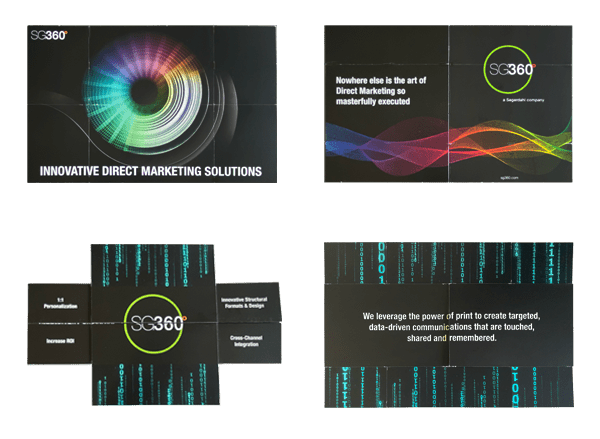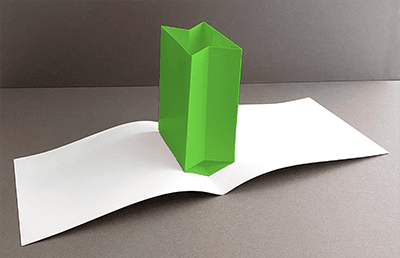As digital-only marketing continues to be buffeted by performance issues, marketers are turning to the physicality of direct mail as a way to boost consumer engagement. Using haptics, the science of touch and movement, can help build stronger brand connections.
In this blog we’ll take a look at:
- the science behind the effectiveness of haptics
- current data concerning consumers’ preference for the physical
- some easy-to-execute direct mail treatments that increase audience engagement
Physicality defines existence
“I’ll be in touch.”
“Let’s touch base on that.”
Even…
“You’re losing your touch.”
Instinctively, people have been using references to our strongest sense to define how we interact. That’s not a coincidence.
People tend to think of sight as our primary sense, and it’s true we are largely visually attuned to our surroundings. But sight is a passive experience, used to observe and categorize things from a distance. For getting up close and personal, touch is king.
The importance of touch
Touch is the first sense we experience and it’s the first of all the senses to fully develop after birth. Sight may help us form “the big picture,” but touch adds detail and context. You’d have no aversion to touching an image of an open flame. But when presented with actual fire, your sense of touch fills in the missing detail; touching it is bound to be dangerous and best left untried.
Touching also imbues objects with a sense of ownership, and people place greater value—emotionally and economically—on things they “own.”
Actions spark reactions
In direct mail, one way to enhance end-user engagement is through the introduction of special coatings or other physical treatments, like embossing and die cuts; things that change the physicality of a mailer. This promotes extended interaction with the piece beyond merely holding it to read. It invites the reader to explore with their sense of touch.
We form memories via encoding of sensory input. The greater the number of senses used to encode a memory, the stronger it becomes. So it should come as no surprise that experiencing something through sight combined with touch makes it vastly more memorable than by looking alone.
Introducing motor actions—steps that need to be undertaken by an audience to fulfill their engagement with a direct mailer—adds to the memory encoding for the object in question, making it more memorable. This in turn leads to greater brand recognition.
Audience-engaging actions
Here is just a partial list of motor-driven interactions that can be built into direct mail:
- Folding/unfolding
- Flipping
- Peeling
- Separating
- Revealing
- Transferring
- Sliding
The list goes on.
Multiple actions can be built into a single mailer.
Some mailers can have an almost cinematic quality to them with one action after another taking the user on a journey of sorts… telling a unique story.
Mailers that encourage responses also contribute to brand recognition and increase engagements.
Surprise and delight your audience
Reveals are particularly engaging. The mechanics alone can delight, delivering any number of pleasant surprises—such as a product sample or member reward.

This self-promotion piece uses intricate cuts and folds to convey a four-part message, two of which cannot be seen until revealed. The reader is treated to the experience of manipulating the piece which exhibits more than one set of physical characteristics depending on how it is folded.

Pop-ups are another kind of surprising reveal after the action of unfolding is executed.

Feelings about feeling
Starting in the early-to-mid 1990s, there were no end of predictions about what the Digital Age had in store for humanity. A lot of them have come to pass. But the ones—and there were multitudes—that predicted the “end of paper” were wildly off the mark. Books, once prematurely consigned to the dustbin of history, have not only not disappeared, but have been enjoying steady sales growth over much of the last decade. Likewise, witness the return of vinyl LPs whose largest consumer base is the very people born into the digital age. 2022 saw vinyl LP sales grow for the 17th consecutive year.
Many printed items were slated to move from paper to screen permanently, but after a quarter century of experimentation one point is crystal clear; people like to touch and possess things. They feel better about the physical than they do the purely visual.
Today’s marketers need to take notice and use the physicality of paper, and the many opportunities it affords for hands-on interaction, if they want to really connect to their target audiences.
To speak to one of our direct mail experts about how SG360° can help you connect better with consumers, fill out and submit the form on this page.
